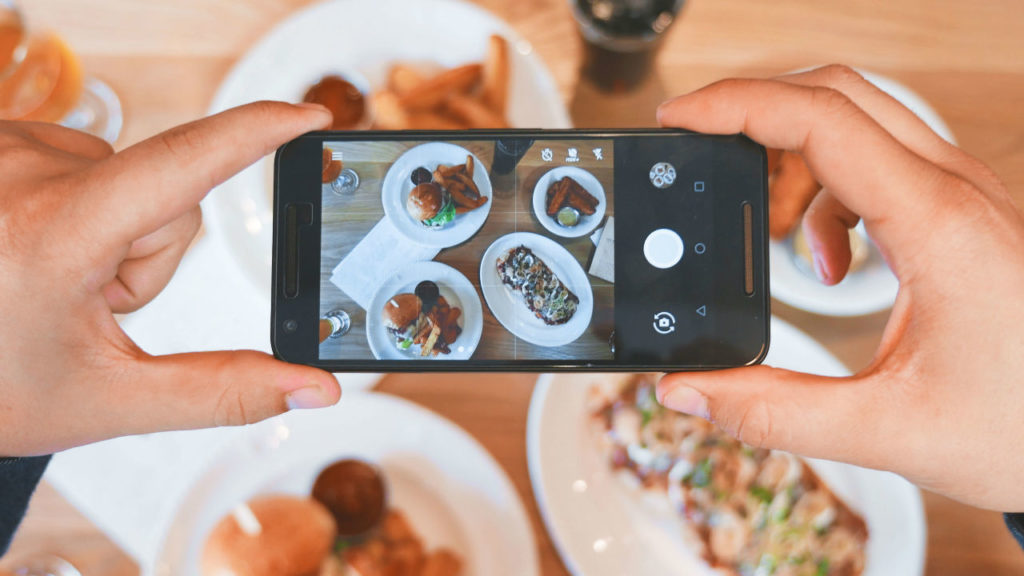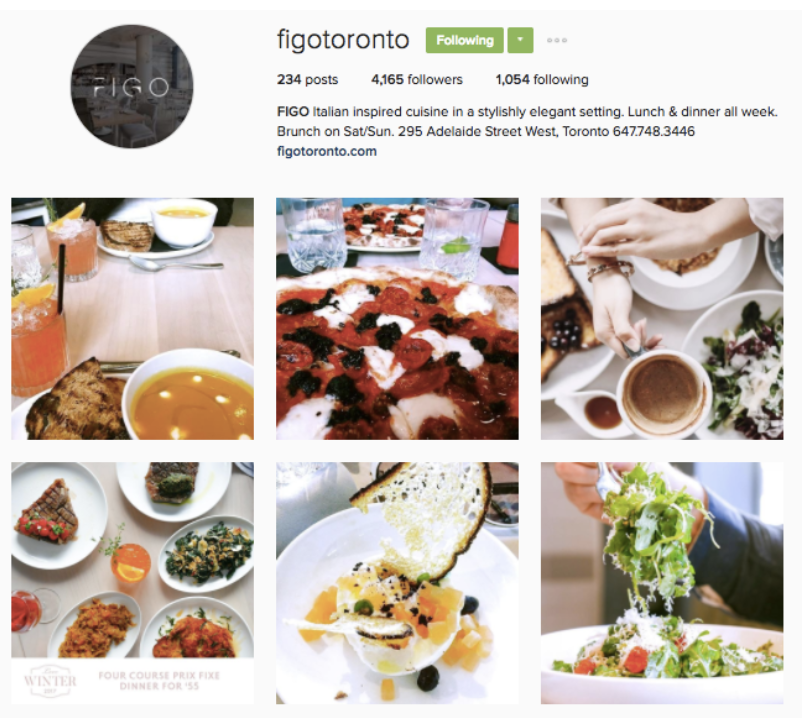Whether you love food porn or find it positively vulgar, there’s no doubt that Instagram has transformed the culinary landscape.

And we’re not just talking about the fact that the diner experience now (basically) requires a camera. Rather, the sweeping changes that social has made to the restaurant industry—and by extension, the culinary school curriculum.
That’s right, aspiring chefs are now learning the art of mastering angles—from styling pizzas to putting together the açaí bowls with the right combination of contrasting garnishes.
Because the ‘gram pulls more weight than your average food critic, culinary schools are now adding Instagram courses to the curriculum.
Aside from being a sign of the times—69% of millennials photograph their food before eating, Instagram literacy is an essential skill for anyone in the restaurant biz.

How to earn money with Instagram
Learn How ►Social media can make or break a restaurant’s chance at success
A restaurant’s success can sometimes hinge on the number of followers they have on the social media platform.
While most ‘grammers are amateur food photographers, they’ve set the tone for an aesthetic shift. Everyone has access to their own high-quality camera and filters galore. Foodies and bloggers alike often take better pictures of the food than the restaurant itself.
View this post on Instagram
There’s no doubt that food is a visual medium — it’s a natural fit with the photo app. But, this also means that it’s no longer acceptable to post grainy, ill-lit food photos. Instead, restaurants need to produce eye-catching visuals that entice and inspire customers.
While this might be annoying to some restauranteurs, most restaurants are embracing the technology. For one, it’s kind of an equalizer. Up and comers can drum up a following with little upfront investment.
On the other hand, it’s kind of a bummer that restaurants need to hire muralists and designers to create an aesthetic experience that photographs well. In some cases, restaurants feel pressure to change design elements, so a photo-happy audience returns for the latest shot.
Food styling has always been part of the landscape

Plating and presentation has always been a big deal in the culinary world. And culinarily schools have always offered classes in styling and photography as part of the curriculum.
But these days, styling involves more than just the food. New York Times critic Pete Wells wrote about this shift in 2017, noting the new emphasis on GPS pins and documentation.
According to an article in the Times, students aren’t just learning the ins and outs of food styling–they’re also learning to create food that looks good on camera. We’ll venture to guess that beef stews and meatloaves will not be making a comeback anytime soon.
With that in mind, culinary programs like the Institute of Culinary Education are offering courses to help new chefs prepare for a competitive digital environment.
View this post on Instagram
Johnson and Wales University, on the other hand, hosts a popular faculty-run club dedicated to food photography. In short, it’s safe to say that we should expect to see more programs, clubs, and other resources to pop up in the near future.
Where snapping food pics was seen as a hobby, we’re likely to see a shift–just like we did with social media and marketing. Moving from the self-taught to the trained.
Benefits of taking food to the social sphere are obvious, but…
Instagram is a low-cost marketing tool that lets brands build awareness, show off their skills, and essentially lure foodie influencers in for meals—or a picture with some sort of special item — a massive burger with all of the fixings.
But Instagram has been at the center of trends like mermaid bagels and cream cheese, extravagant avocado toasts, and galaxy-themed donuts.

All were viral hits and, arguably, a flash in the pan for diners eager to find the next great photograph.
With that in mind, firms like Paperwhite have cropped up—there to help restaurants, well, “go viral.” Like other marketing companies, Paperwhite aims to help restaurants like Jack’s Wife Freda—menu is pictured below—really nail the branding aspect of their business.

Final thoughts
In the end, Instagram has become a major game-changer for restaurants from the high-end to the humble food truck with obsessed foodies documenting each stop on the culinary journey.
For chefs, there are some drawbacks to the constant documentation—bad photos can mean bad press, and in some cases, might be worse than simply receiving a bad review.
Still, social media provides some major advantages to rising chefs. And, it’s worth pointing out that just about every industry has had to adapt to changing technology.
From marketing and PR to journalism, and all manner of media, all creative pursuits are subject to digital transformation. It only makes sense that restaurants are, too.

